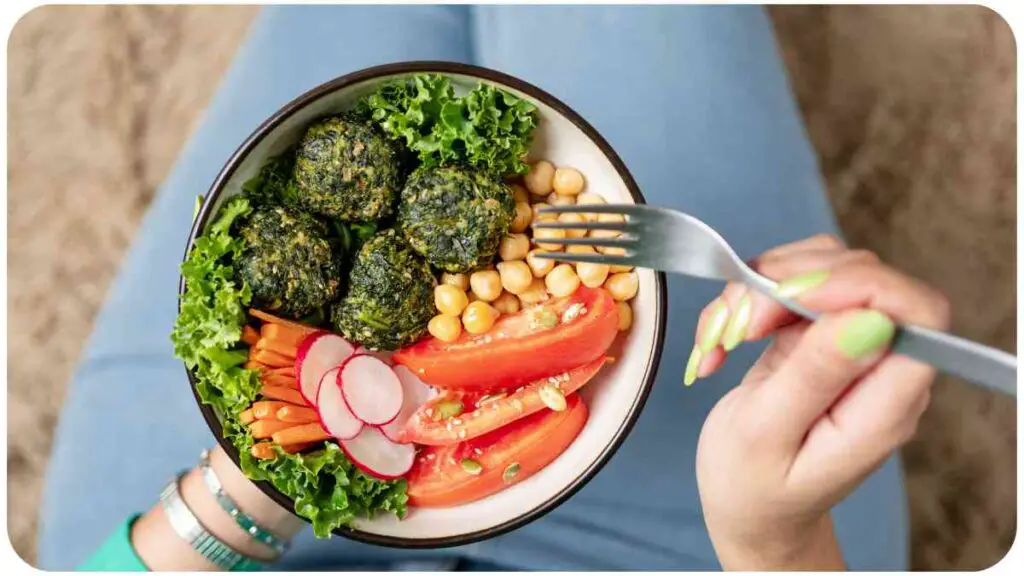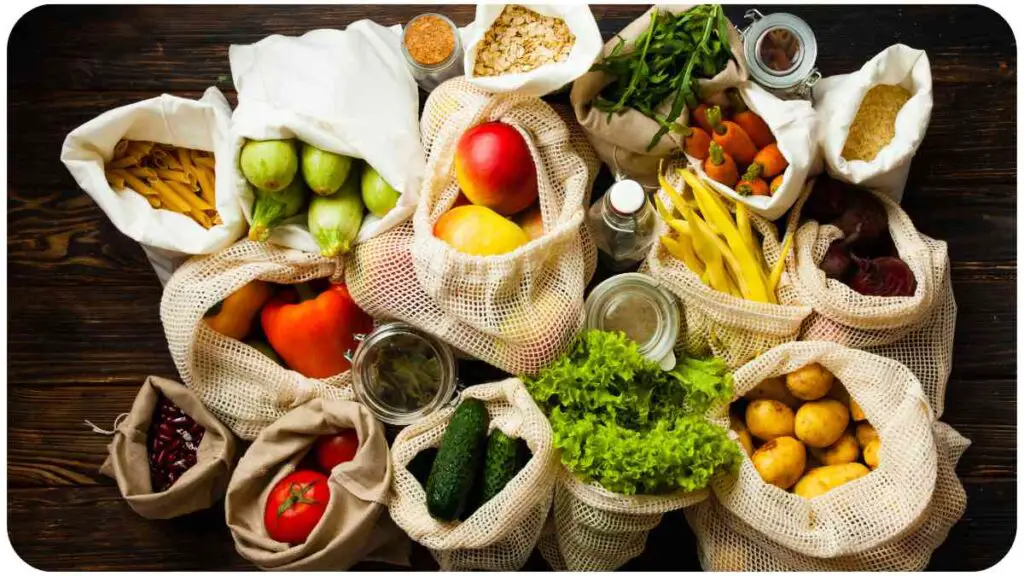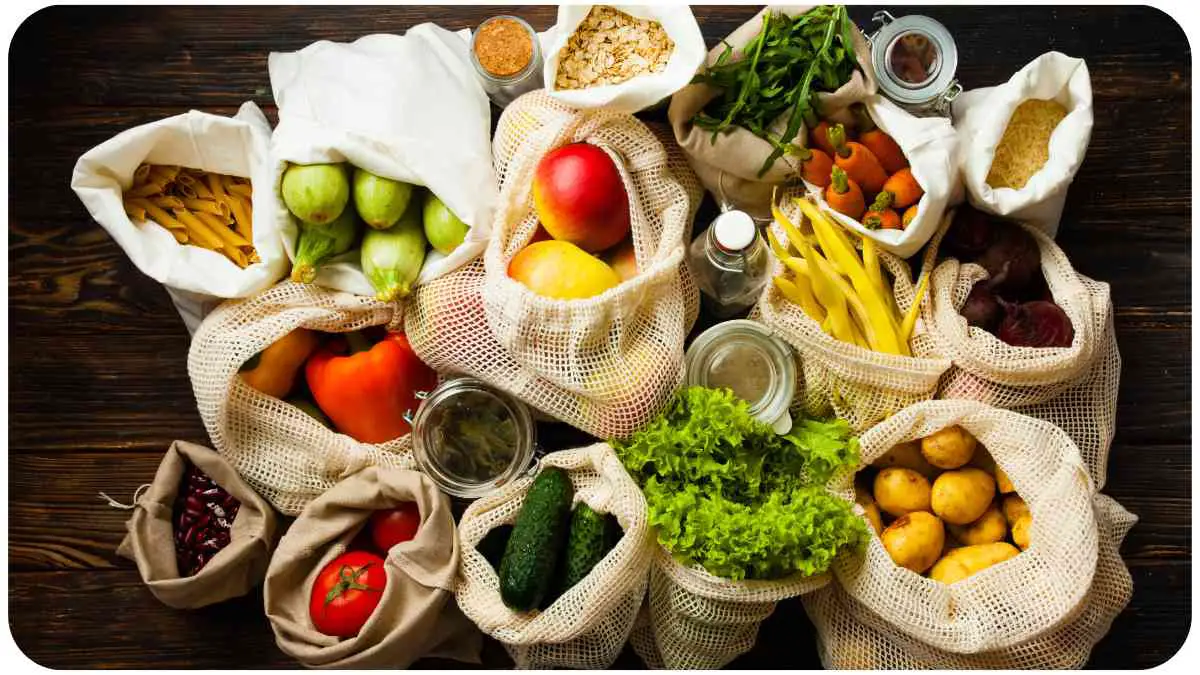As consumers become increasingly conscious of their choices, the demand for cruelty-free and vegan products has soared. In this guide, we’ll delve into the nuances of these labels, exploring what sets them apart and how you can navigate the market with confidence.
| Takeaways |
|---|
| Understand the distinctions between cruelty-free and vegan products. |
| Certifications like Leaping Bunny and PETA’s Beauty Without Bunnies ensure genuine commitment to ethical choices. |
| Read product labels diligently to make informed decisions. |
| Explore the world of cruelty-free and vegan alternatives in beauty, fashion, and home products. |
| Embrace gradual transitions and community support on your journey toward a cruelty-free and vegan lifestyle. |
| Consider the broader impact of your choices on the environment and support brands with sustainable practices. |
| Stay informed about innovations and advocacy efforts shaping the future of cruelty-free and vegan products. |
2. Key Distinctions Between Cruelty-Free and Vegan Products
2.1 What Does Cruelty-Free Mean?
Cruelty-free products are those that have not been tested on animals at any stage of their production. This commitment extends to both the final product and its individual ingredients.
Elevate your beauty routine with cruelty-free beauty brands. Discover ethical choices that align with your values, ensuring a compassionate approach to self-care.
2.2 The Vegan Label Explained
On the other hand, vegan products go a step further. They not only avoid animal testing but also exclude any animal-derived ingredients. Understanding this distinction is crucial for conscious consumers.
TABLE: Cruelty-Free vs. Vegan
| Criteria | Cruelty-Free | Vegan |
|---|---|---|
| Animal Testing | Avoided | Strictly Avoided |
| Animal-Derived | Allowed | Strictly Avoided |
| Ingredients |
3. Misconceptions and Overlaps
3.1 The Cruelty-Free Conundrum
Despite efforts to go cruelty-free, some brands may still have ties to parent companies that engage in animal testing. It’s essential to dig deeper to ensure your choices align with your values.
3.2 Hidden Animal-Derived Ingredients in Vegan Products
Believe it or not, not all vegan products are automatically cruelty-free. Some may contain ethically questionable ingredients, emphasizing the need for vigilant label reading.
Uncover the intersection of style and ethics in vegan fashion. Embrace cruelty-free alternatives, exploring how the fashion industry is evolving towards a more sustainable and compassionate future.
TABLE: Common Misconceptions
| Myth | Reality |
|---|---|
| All Cruelty-Free Products Are Automatically Vegan | Not necessarily; some may contain animal-derived ingredients. |
| Vegan Products Are Always Cruelty-Free | Not true; they may still undergo animal testing. |
4. Cruelty-Free and Vegan Certifications

4.1 Leaping Bunny Certification
One of the most recognized symbols, the Leaping Bunny certification, ensures a product is genuinely cruelty-free.
4.2 PETA’s Beauty Without Bunnies
PETA’s endorsement signifies a brand’s commitment to both cruelty-free practices and vegan formulations.
4.3 Vegan Society Certification
For those strictly seeking vegan products, the Vegan Society certification is a reliable indicator.
TABLE: Certifications Decoded
| Certification | Focus | Criteria |
|---|---|---|
| Leaping Bunny | Cruelty-Free | No animal testing throughout the production process. |
| PETA’s Beauty Without Bunnies | Cruelty-Free and Vegan | No animal testing, and all ingredients are vegan. |
| Vegan Society Certification | Strictly Vegan | No animal-derived ingredients whatsoever. |
5. Making Informed Choices
5.1 Reading Product Labels
The key to navigating the cruelty-free and vegan landscape is in the fine print. Learn to decipher product labels to make informed decisions.
Embark on a journey to explore the best vegan-friendly cities. Discover diverse culinary landscapes and vibrant communities that cater to and celebrate the plant-based lifestyle.
5.2 Researching Brands
Beyond labels, understanding a brand’s ethos and affiliations is crucial. Social media and online forums can be valuable resources for gauging public sentiment.
5.3 Cruelty-Free Testing Policies
Delve into a brand’s testing policies to ensure they align with your values. Transparent brands often provide detailed information on their commitment to cruelty-free practices.
5.4 Vegan Product Ingredient Checks

For those committed to veganism, checking each ingredient is vital. Some commonly overlooked additives may compromise the vegan integrity of a product.
TABLE: Steps to Informed Choices
| Step | Action |
|---|---|
| Reading Product Labels | Understand the significance of symbols and ingredient lists. |
| Researching Brands | Check online communities and brand websites for ethical commitments. |
| Cruelty-Free Testing Policies | Ensure the brand has a clear stance against animal testing. |
| Vegan Product Ingredient Checks | Scrutinize ingredient lists for animal-derived substances. |
6. Lifestyle Considerations
6.1 Cruelty-Free and Vegan Fashion
The principles extend beyond beauty into the realm of fashion. Embrace cruelty-free and vegan fashion without compromising style.
Dive into the world of vegan fitness. Gain insights into staying active and healthy while following a plant-based diet, debunking myths and unlocking the full potential of a cruelty-free lifestyle.
6.2 Cruelty-Free and Vegan Home Products
Extend your ethical choices to your living space. From cleaning supplies to home decor, discover a range of cruelty-free and vegan alternatives that align with your values.
7. Navigating Challenges
7.1 Limited Availability
While the market for cruelty-free and vegan products is expanding, availability can still pose challenges. Explore tips to overcome limited choices in your area.
7.2 Higher Costs
Addressing the elephant in the room, ethical choices sometimes come with a higher price tag. Understand the reasons behind the costs and explore budget-friendly alternatives.
TABLE: Challenges and Solutions
| Challenge | Solution |
|---|---|
| Limited Availability | Explore online options or consider DIY alternatives. |
| Higher Costs | Understand the value behind ethical choices and budget wisely. |
8. The Rise of Ethical Consumerism
8.1 The Impact of Consumer Choices
As more individuals embrace cruelty-free and vegan lifestyles, the collective impact is noteworthy. Explore how consumer choices are driving positive change.
8.2 Brands Responding to Consumer Demands
Brands are increasingly responsive to consumer demands for ethical practices. Discover how some notable names are taking steps to meet these expectations.
Delve into the profound impact of veganism on local initiatives. Uncover the ways in which adopting a plant-based lifestyle contributes to and supports local animal welfare initiatives, creating a positive ripple effect in communities.
9. Personal Experiences and Expert Insights
9.1 Interviews with Cruelty-Free and Vegan Advocates
Gain firsthand insights from advocates in the field. Interviews with individuals who have embraced cruelty-free and vegan lifestyles offer practical tips and personal stories.
9.2 Challenges Faced by Advocates
Real-world challenges can be both enlightening and reassuring. Learn from the experiences of advocates who have navigated the complexities of cruelty-free and vegan living.
TABLE: Advocate Insights
9. Tips for Transitioning
9.1 Gradual Transitions
Embarking on a cruelty-free and vegan lifestyle doesn’t have to be overwhelming. Discover tips for making gradual transitions that suit your preferences and comfort level.
9.2 Community Support
Engage with like-minded individuals and communities for support and guidance. Share experiences, learn from others, and find encouragement on your journey.
9.3 DIY Cruelty-Free and Vegan Products

Explore the world of do-it-yourself products. From skincare to household cleaners, discover simple recipes that align with your cruelty-free and vegan principles.
TABLE: Transition Tips
| Transition Phase | Tips |
|---|---|
| Gradual Transitions | Start with one product category at a time. |
| Community Support | Join online forums or local groups for shared experiences. |
| DIY Products | Experiment with easy-to-make cruelty-free and vegan recipes. |
Stay tuned for the continuation of this informative guide as we delve into sustainability, environmental impact, and the future of cruelty-free and vegan products. In the meantime, make informed choices and embrace the positive ripple effect of your consumer decisions.
10. Sustainability and Environmental Impact
10.1 Beyond Animal Welfare
Cruelty-free and vegan choices not only benefit animals but also contribute to environmental sustainability. Explore how these ethical decisions align with broader eco-friendly practices.
10.2 Eco-Friendly Packaging
Consider the environmental footprint of product packaging. Brands committed to sustainability often incorporate eco-friendly materials. Learn how to identify and support such initiatives.
TABLE: Sustainability Measures
| Aspect | Environmental Impact |
|---|---|
| Beyond Animal Welfare | Reduced environmental impact through ethical choices. |
| Eco-Friendly Packaging | Support brands using sustainable packaging materials. |
12. The Future of Cruelty-Free and Vegan Products
12.1 Innovations in Ethical Production
Stay ahead of the curve with emerging trends in cruelty-free and vegan product development. Discover how innovation is shaping the future of ethical consumer choices.
12.2 Advocacy for Stricter Regulations
As consumer awareness grows, so does the call for stricter regulations. Explore how advocacy groups and individuals are pushing for enhanced standards in cruelty-free and vegan product labeling.
TABLE: Future Outlook
| Innovation | Advocacy |
|---|---|
| Cutting-edge Developments | Striving for clearer, standardized ethical labeling. |
| Technological Advancements | Pushing for stricter regulations in the industry. |
13. Conclusion
Navigating the labels of cruelty-free and vegan products is a journey toward ethical consumerism. Armed with knowledge about certifications, brand practices, and personal insights, you can confidently make choices that align with your values. Embrace the positive impact of your decisions on animal welfare, the environment, and the future of ethical consumerism.
Further Reading
- Ecco Verde – Understanding Cruelty-Free vs. Vegan Cosmetics: This comprehensive guide explores the nuances of cruelty-free and vegan cosmetics, shedding light on the differences and helping you make informed choices.
- The Goodness Project – Cruelty-Free vs. Vegan: Dive into this insightful blog post that delves into the distinctions between cruelty-free and vegan products, offering valuable insights for conscious consumers.
- Green Eco Dream – Vegan and Cruelty-Free Explained: Gain a deeper understanding of the differences between vegan and cruelty-free products through this engaging blog post. Learn how your choices can align with ethical and sustainable practices.
FAQs
What does it mean for a product to be cruelty-free?
Cruelty-free products are those that have not been tested on animals at any stage of their production, including individual ingredients. Choosing cruelty-free items ensures you’re not contributing to animal testing practices.
Is a vegan product always cruelty-free?
Not necessarily. While vegan products exclude animal-derived ingredients, they may still undergo animal testing. It’s essential to look for both the cruelty-free and vegan labels to ensure a product aligns with your ethical values.
How can I check if a brand is genuinely cruelty-free?
Look for certifications like Leaping Bunny or PETA’s Beauty Without Bunnies. These symbols indicate a brand’s commitment to cruelty-free practices throughout its production process.
Are all cruelty-free products automatically vegan?
No, not all cruelty-free products are vegan. Some may still contain animal-derived ingredients. It’s crucial to read product labels carefully to ensure that both cruelty-free and vegan criteria are met.
What steps can I take to transition to a cruelty-free and vegan lifestyle?
Start with gradual transitions, focusing on one product category at a time. Engage with communities for support and share experiences. Experiment with DIY products to discover alternatives that suit your preferences and values.

Hi! My name is Hellen James, and I’m a vegan lifestyle enthusiast. I’ve been living the vegan lifestyle for over 10 years now, and it’s been one of the best decisions I’ve ever made. The food is amazing, the community is incredible, and there’s no way I could go back after experiencing all this firsthand.

